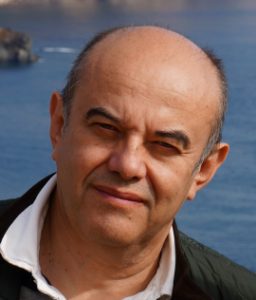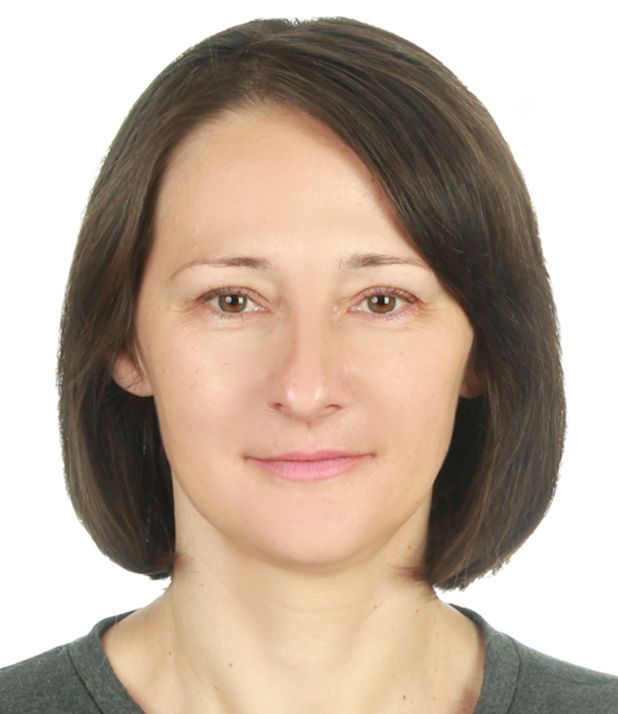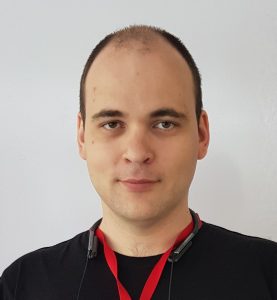Symposium “Microbiology & Biotechnologies: computational and experimental approaches”
Section “Biotechnology through the lens of the microbiome”
Section “Biotechnology through the lens of the microbiome” will consider studies of the intestinal microbiota of humans and animals – reservoirs of beneficial bacteria, functional genes, signaling molecules and metabolites that determine the positive homeostasis of the body, and serve as their source for the creation of new biotherapeutic drugs of various types.
 |
 |
| Valery Danilenko, Vavilov Institute of General Genetics of RAS, Moscow, Russia |
Tatiana Priputnevich, Institute of Microbiology, Clinical Pharmacology and Epidemiology, Moscow, Russia |
Section “Microbial communities of natural and anthropogenic habitats”
Within the framework of section “Microbial communities of natural and anthropogenic habitats” the following thematic areas are planned:
- Structure and functional diversity, genomics and metagenomics of microbial communities of extreme habitats (high-temperature thermal springs, terrestrial mud volcanoes, salt and soda lakes, meromictic reservoirs, underground water reservoirs, tundra soils and glacial lakes), as sources of new strains of microorganisms with unique enzyme properties metabolic systems and pathways.
- Microorganisms and microbial communities of petroleum fields as a source of new technologies for enhancing oil recovery and combating oil pollution.
- Molecular mechanisms of resistance of microorganisms to heavy metals, the use of microbial communities in biohydrometallurgy and bioremediation.
- Microbial communities in biotechnology for wastewater treatment, organic waste processing and improving soil fertility.
- Non-sterile cultivation as the basis for the formation of stable microbial communities in technological processes, new data on interspecies electron transfer, electromicrobiology.
- Biofilms and their role in the survival of microorganisms in unfavorable environmental conditions.
- Microbial consortia in the food and wine industry.
 |
 |
 |
| Nikolay Pimenov, Federal Research Centre «Fundamentals of Biotechnology» of RAS, Moscow, Russia |
Nikolai Ravin, Federal Research Centre «Fundamentals of Biotechnology» of RAS, Moscow, Russia |
Elizaveta Bonch-Osmolovskaya, Lomonosov Moscow State University, Moscow, Russia |
Section “Industrial biotechnology: creation of producer strains”
In Section “Industrial biotechnology: creation of producer strains” we welcome reports using new and classical tools, methods and technologies (in particular transcriptomics, proteomics and other “omics”) to develop production strains of microorganisms that have potential for use on an industrial scale.
 |
 |
| Sergey Peltek, Institute of Cytology and Genetics of SB RAS, Novosibirsk, Russia |
Alla Bryanskaya, Institute of Cytology and Genetics of SB RAS, Novosibirsk, Russia |
Section “Modeling and computational analysis of microbiological systems and processes”
The development of experimental and theoretical methods for improving microorganism strains has led to the accumulation of a large array of heterogeneous data, the analysis of which is impossible without the development of computer platforms and corresponding mathematical models. Implementation of flow and dynamic modeling methods of molecular genetic and metabolic systems of microorganisms within such platforms is one of the possibilities of using multi-level heterogeneous data to solve biotechnology problems.
Within the framework of section “Modeling and computer analysis of microbiological systems and processes”, modern methods and approaches for the development and analysis of relevant models will be considered, as well as examples of the use of systems biology methods to study the structural and functional organization and dynamics of the functioning of microbiological systems.
 |
 |
| Ilya Akberdin, Biosoft.Ru; Institute of Cytology and Genetics of SB RAS; Novosibirsk State University, Novosibirsk, Russia; Sirius University, Sochi, Russia |
Fedor Kazantsev, Institute of Cytology and Genetics of SB RAS, Novosibirsk, Russia |

